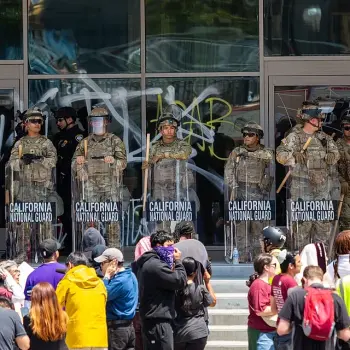Jonathan Touboul is a mathematician and a neuroscientist. He holds a PhD in math from France’s prestigious École Polytechnique, where he won a prize for his thesis on how to simulate neurons in the brain. He publishes papers with titles like “Pulsatile localized dynamics in delayed neural-field equations in arbitrary dimension” and “The propagation of chaos in neural fields.”
Recently, though, Touboul has been thinking about hipsters. Specifically, why hipsters all seem to dress alike. In his line of work, there are neurons that also behave like hipsters. They fire when every neuron around them is quiet; or they fall silent when every neuron around them is chattering.
Because he is a mathematician, Touboul began to look for a way to explore this idea using equations. In other words, he constructed a mathematical model. His key insight is that people (and neurons) do not instantly perceive what is mainstream. There’s a delay. And in situations where the delay is large enough, the contrarians can inadvertently synchronize with each other.
“In wanting to oppose the trends, there actually emerges some sort of hipster loop,” Touboul said.
A day before Halloween, Touboul put a draft of his paper on the arXiv, calling it “The hipster effect: When anticonformists all look the same.”
[Keep reading for the math. . . .]
But I don’t think hipsters or non-conformists in general are just reacting against people labeled “normal,” trying to be the opposite just to be different, as in the mathematical model, and inadvertently forming patterns of their own. There are reasons–different phenomena they are responding to, various things they like and dislike–that individuals are responding to. But what they also are looking for is kindred spirits. They don’t want to be stranded in their individuality. They want to find other people who like and dislike the same things they do. They want to belong to a community.
Nonconformists are thus tribal. There are, in fact, many different types these days: hipsters, yes, but also goths, rappers, bikers, red-necks, emos, and I don’t know what all. Of course they look alike, since clothing and styles are ways they can identify each other. And there isn’t anything necessarily wrong with that. It is, in fact, “normal,” a testimony to the primal human need for identity, which requires both a sense of oneself as an individual and a sense of belonging to a community.












